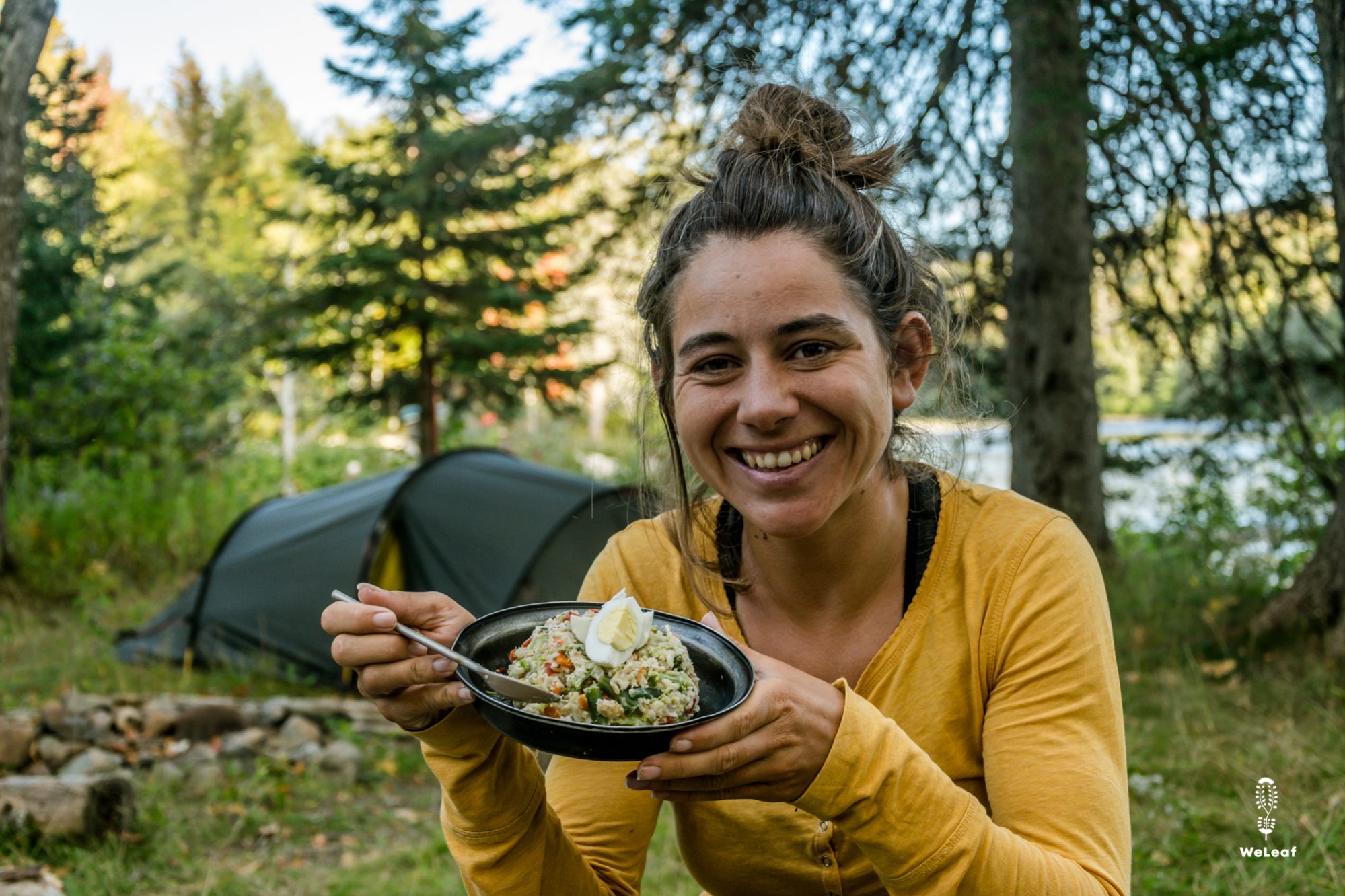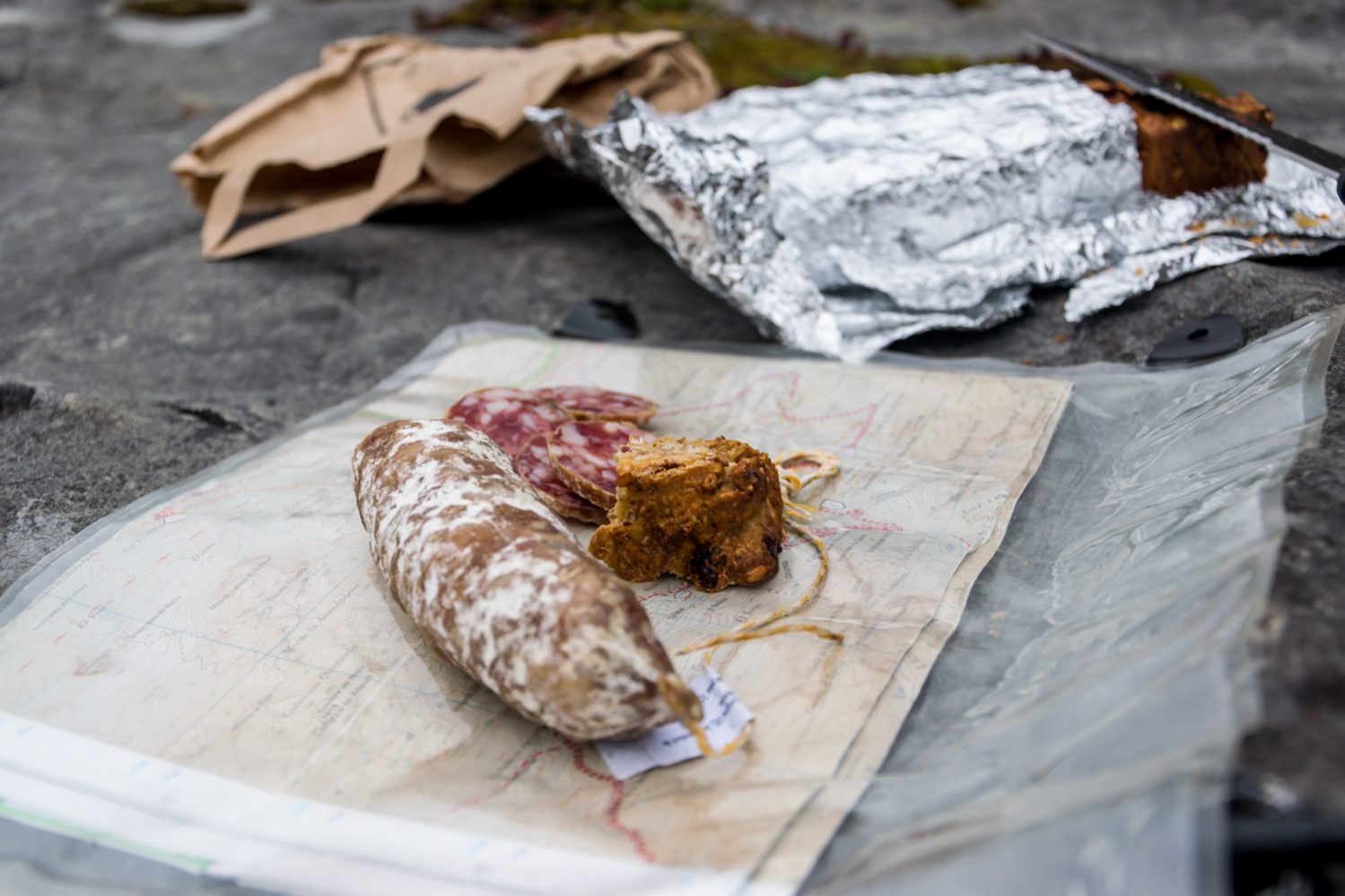
7 tips for eating healthy on the trail

The canoe parcours
November 29, 2019
The industrial wilderness
December 13, 2019
Healthy food for hiking
People sometimes say we are crazy when they see how much food we carry. Our bag is full with a whole bunch of fresh vegetables, pasta, sour cream and herbs. That is not surprising when you go camping for a weekend, but it is when you walk 1,000 kilometers on the Appalachian Trail or canoe 1,200 kilometers on the Northern Forest Canoe Trail. Yet fresh cooking is one of our 10 tips for a long distance hike. Eating healthy is extremely important to us and the basis for traveling so long. Hiking on the AT, cycling and canoeing are not short adventures of a month, but they are part of a very long trip around the world. We have no fat surplus that we can burn, so we have to take care of our bodies. Are you going to start a long bike ride or a long hike, then you will have to take care of your body. Hopefully our tips will convince you and help you get started.
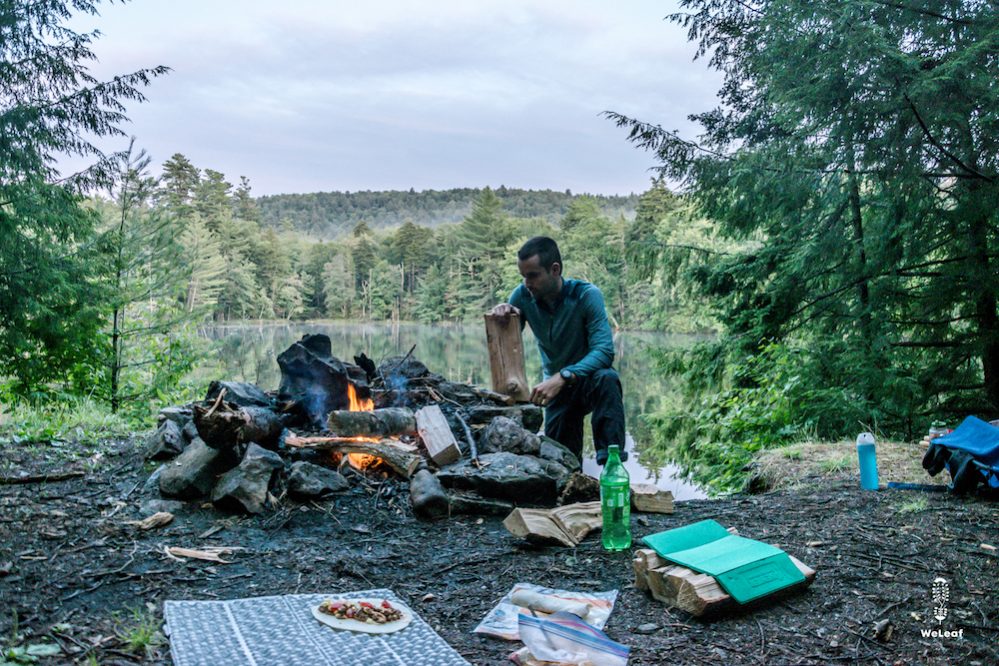
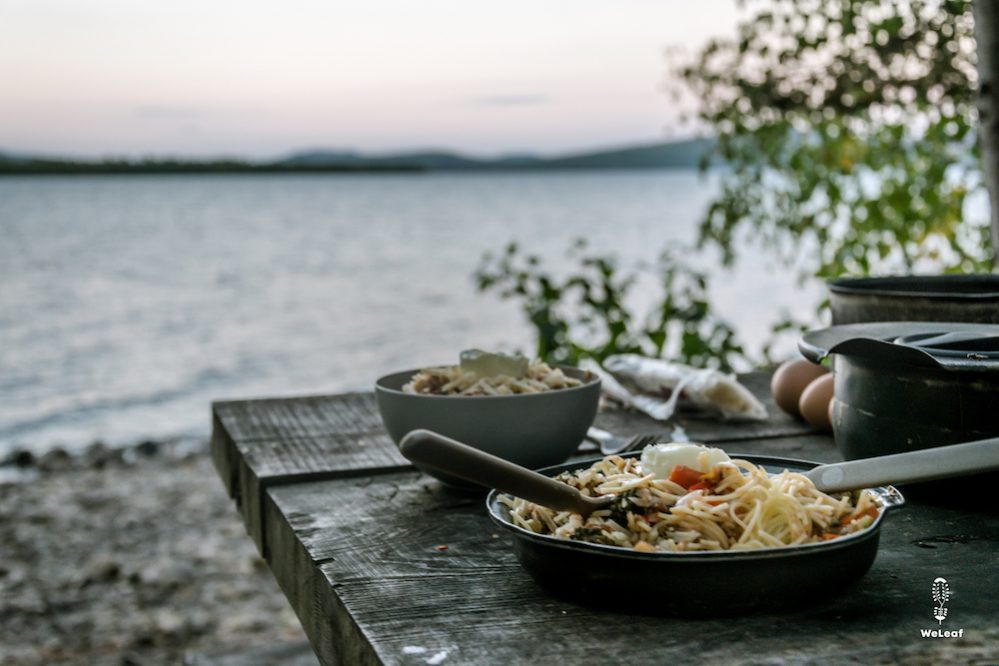
1. Save €7 every meal
If you walk into an outdoor store and look at the outdoor food rack, you might be surprised about the prices.
You easily pay € 10 per meal, and to be honest, we don't like them at all and it is not enough. For barely € 3 you can buy your own outdoor meal in the supermarket, which is much tastier, the portion is bigger and perhaps also a bit heavier. We never eat the expensive packages from the outdoor stores, but always buy our own food in the supermarket. That way you save a lot of money on food every day, which is certainly interesting for a long hike. On a one-month trek you can quickly save € 200 that you can spend on other things.
If you prefer to take simple instant meals with you, there are still cheaper options than the outdoor stores. In the supermarket and in the dollar stores you will find instant pasta, mashed potatoes and rice for barely one euro per bag. The taste is good, but the nutritional value is not great so we always add fresh vegetables, tuna or dry sausage. This way you still have a cheap and delicious meal.
2. Eat a combination of fat, proteins and carbs
You need a lot of energy on a long hike. After a six-hour hiking day in the mountains, you have used more than 3,000 calories and you have to top them up again. You need a collection of different energy sources that provide both slow and fast energy. Slow energy is fat, fast energy is sugar. According to the book "Know what you eat" by Daan de Wit, the ideal nutritional balance is as follows: most fats, then vegetables and fruit, least carbohydrates. On a trek you can use more carbohydrates because these are fast sugars that you will burn during the day.
Moreover, it is difficult to eat good saturated fat food on a trail. It is found in fat fish, whole dairy products, coconut oil and unprocessed meat, which is all more difficult to take with you. Fortunately, there are also many saturated fats in nuts and dark chocolate, which are easy to carry. A trail mix, consisting of nuts, dried fruit and chocolate, gives a nice balance between fats, proteins and sugars while hiking. A good source for proteins are eggs. We often by a dozen of eggs for the first day and boil them all to have some the next day as well.
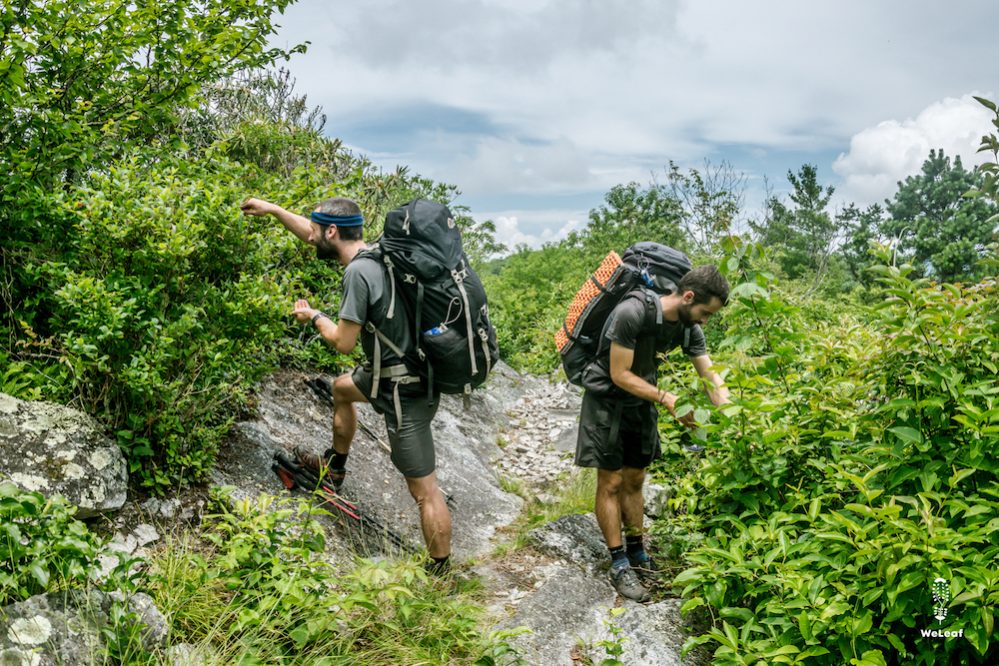
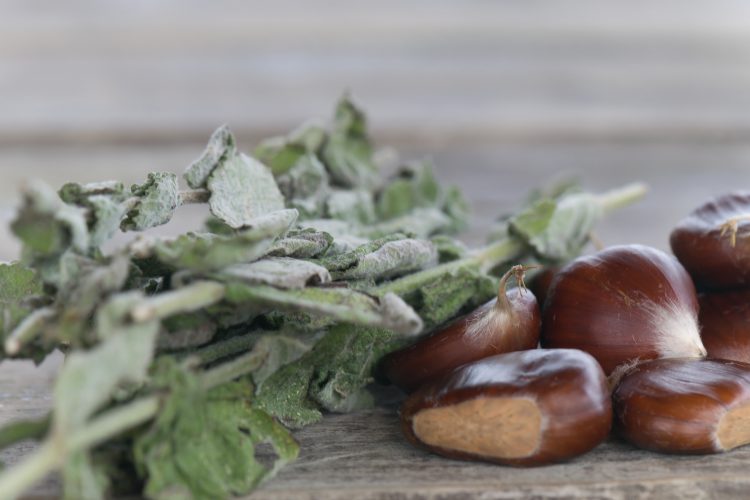
3. Make your own lightweight cooler
Although whole dairy products are difficult to carry, we always have them in our backpack. How do we keep them fresh? We have made a lightweight cool box made of thermo foil. An alternative is a freezer bag that you often find in the supermarket, although we think these are too thin. Our cool bag keeps the food fresh during the day and when the nights are cold enough, everything cools down automatically.
4. Sour cream and cream cheese make very good meals
Two of our favourite saturated-fat dairy products are sour cream and cream cheese. They have a lot of saturated fats and are packed with energy. The saturated fats provide a saturated feeling that lasts. Ideal to combat hungry nights on the trail. The sour cream decays easier, and is heavy, so we eat it the first night. The cream cheese often lasts longer and we can use it for several days. On our canoe trek in the US, we kept our cream cheese in our cooler bag for two weeks.
Our meals with cream cheese are always delicious. Pasta with sour cream, mushrooms, broccoli and onion is one of our favorites. We use the cream cheese on our wraps during lunch, or we mix it with a can of tomato sauce in our pasta. And try mixing rice with cream cheese, super tasty.
5. Extra vegetables the first days
Fresh vegetables are very important. They are full of vitamins and fibers that your body desperately needs, perhaps even more during a long trek. The first day on the trail, or the first day after a resupply, we always eat the richest food. Then we spoil ourselves with extra vegetables and food that weighs heavier. Carrots and onions survives well in a backpack and can easily last for a week, but we always eat peppers, broccoli and mushrooms the first two days.
6. Varied food influences performance
There is no evidence that vitamins contribute directly to sports performance in the short term, but vitamins do contribute to health. Good health ensures better performance and you need that on a long trek. Vitamins help with important bodily functions such as the functioning of the immune system and the energy supply, but also with the construction of new cells, the functioning of the nervous system and the firmness of bones. During a long hike, we want a resilient body that recovers quickly when needed. A lack of vitamins cause low resistance, fatigue and inflammation. We therefore get our food from at least three different vegetables, dairy products, nuts, soy proteïns and lentins. Since two years we decided to be vegetarians we when cook ourselves. We supplement the lack of proteins with dehydrated soy proteins (textured vegetable proteins). Don't think that you can live on granola bars and pop tarts, make sure you eat in a varied way.
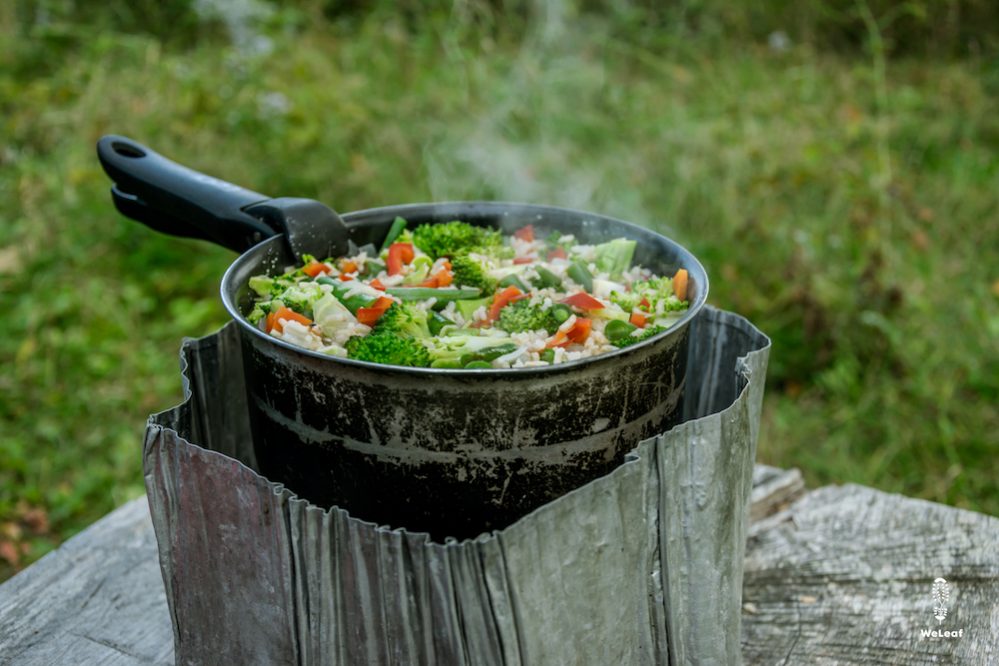
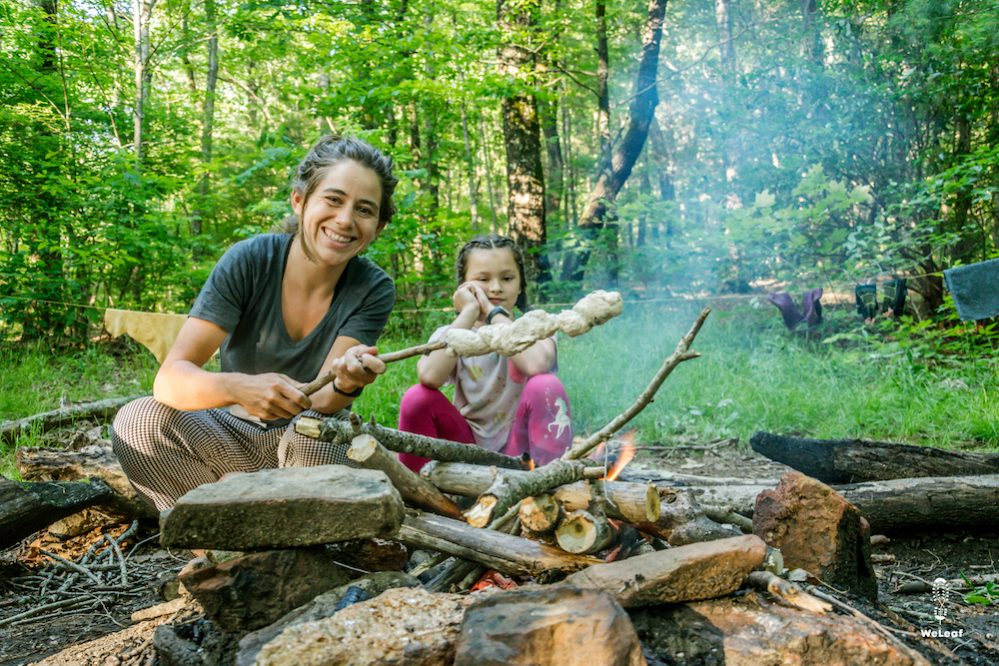
7. Estimate the amount of food
How much do you need to eat to supplement more than 3,000 calories? On an intensive hiking day in the mountains you will even use a lot more calories (in between 4.000 and 6.000). To be honest, it is almost impossible to take so much food with you. We do not count our calories exactly, but would like to have an idea of what we eat. To give you an idea of the quantities we use, we have written one of our regular hiking days:
Breakfast: 100 grams of oatmeal mixed with powdered milk or cocoa powder, 30 grams of granola, a handful of raisins, dried fruit and sometimes fresh fruit from the forest. (700 calories)
Lunch: 5 wraps with cream cheese, walnuts, pumpkin seeds or peanut butter (600 calories)
En route (spread throughout the day): A few hands of trail mix, and one to two granola bars (500 calories)
Evening: 200 grams of pasta with a can of tomato sauce, cream cheese, onion, carrots and bell pepper (800 calories)
Dessert: a piece of chocolate or a few sweets (60 calories)
We eat enough, but it only adds up to 2,700 calories. Your body will get those calories from another source, your fat and muscles. If you want to lose weight, a long hike is an excellent diet, but if you have no fat to lose, try to eat as much as possible. You can easily supplement your calories with unhealthy cookies, candy and cola, but those are not the right calories that you need for a trek. It is better to eat some more nuts or dark chocolate.
Conclusion
Indeed, we save every gram on our gear and then load our bags with food. That is a conscious choice for a healthy, fast-recovering, athletic body and a delicious meal. We have a few extra tips that can help you save some weight:
1. If you are near facilities such as shops, hostels, restaurants or houses in the area. Eat vitamins and not fast food, although we know it is very tempting. That is another day of vitamins that you don’t have to carry.
2. Try to leave as many packages as possible at home by putting the food in zip-lock bags. These are lighter, waterproof and reusable.
3. Another cheaper and lighter alternative is to purchase a dehydrating machine so that you can prepare your own meals for the trail. You can compile the recipes and quantities yourself. Moreover, it is amazing what you can dehydrate, from mayonnaise to meatballs. On our two month ski expedition in Canada we dehydrated all our meals which turned out to be the perfect solution for the cold. We will write a separate blog about this.
